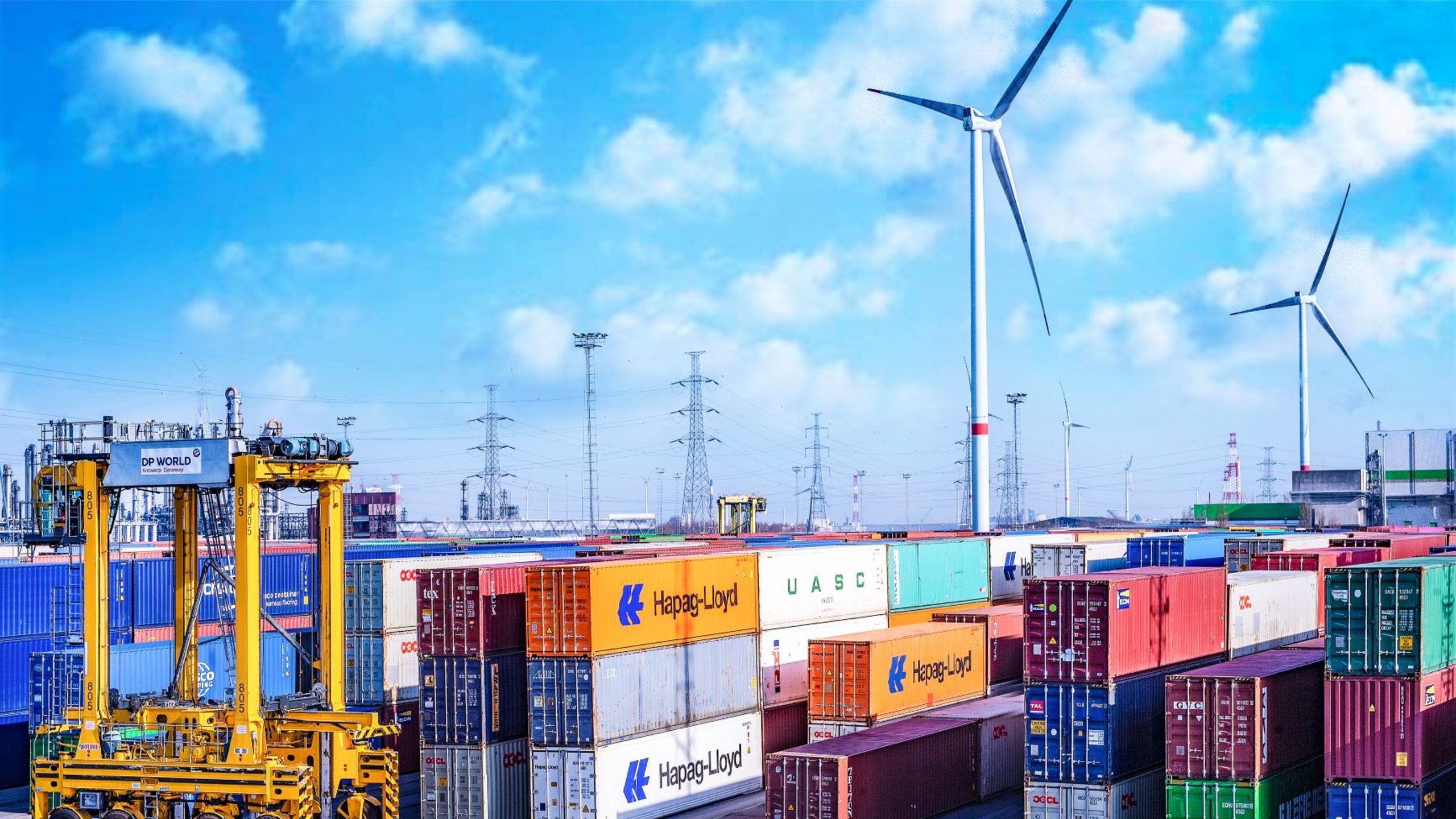Automation benefits, such as efficiency, safety, agility and scalability, are commonly acknowledged within the ports and terminals sector, specially with automated terminals in Rotterdam or Antwerp as spearheads. Nevertheless, there are other benefits not so commonly identified. Sustainability, inclusivity, accessibility, skills enhancement and workplace attraction can also be achieved when deploying automation.
Regarding labor force, automation can foster employment attraction due to more accessible and flexible workplaces since operations are passed into offices, or even jobs that involve technical skill development might result in a surprising interest.
The second key benefit relies in its capability to meet the pursued maritime objectives towards net-zero operations and transportation. Not only from electrical automated equipment for cargo handling, but from the possibility to enable efficient operations that enable shyncromodality to greener transport modes.
And future looks bright and green. It is expected in the upcoming years that automation works closely with complementary technologies such as Artificial Intelligence, Digital Twins or digital platforms based on data, in order to accelerate the achievement of the common sustainable goals.
“Is the ‘nexus of forces’ in the convergence of automation, digital and technology. All combining to provide optimum automation and accelerating the drive towards net-zero.”
The main inputs and contributions are:
- During the early implementations of automation in the industry, the commonly envisaged technical and operational benefits of automation included agility, efficiency, safety and scalability.
- Other benefits may include sustainability, inclusivity, accessibility and diversity, skills enhancement and increased job satisfaction.
- Indeed, its serve as a sustainability catalyst its of utmost importance. Given the fact that the global shipping industry accounts for around 3 per cent of global carbon emissions. And road transport for approximately 12 percent of them. •Even though automation in the sector dates back to 1993, when ECT Rotterdam opened, almost three decades ago, it is believed that we are just at the cusp of automation. And this trend will continue its journey to sustainable operations.
- To this end, some terminals are deploying fully electrical and automated cranes, cranes that capture and regenerate their own energy, or even installing wind turbines or biogas plants in their surfaces.
- The fully automated Rotterdam World Gateway terminal in the Port of Rotterdam might be the first terminal to achieve carbon neutral activity.
- Collaboration can be established between automation and complementary technologies, given the recent developments, and enable greater efficiency, interoperability, transparency and greater sustainable benefits.
- But greater advantages could come from disruptive technologies such as Hyperloop, quantum computing or cutting-edge automated storage systems.
- Additionally, the deployment of sustainable projects can reveal inefficiencies and operational bottlenecks, which can be addressed later by automation.
- The automation path can be at different stages currently, depending on the country, terminal or port authority. However, sustainability needs to be addressed together, in order to achieve a common goal.
“Across the industry, different regions and countries will be at varying stages of their automation journey and path towards net-zero, however the destination should be the same – it is about the collective intent.”




Leave a Reply